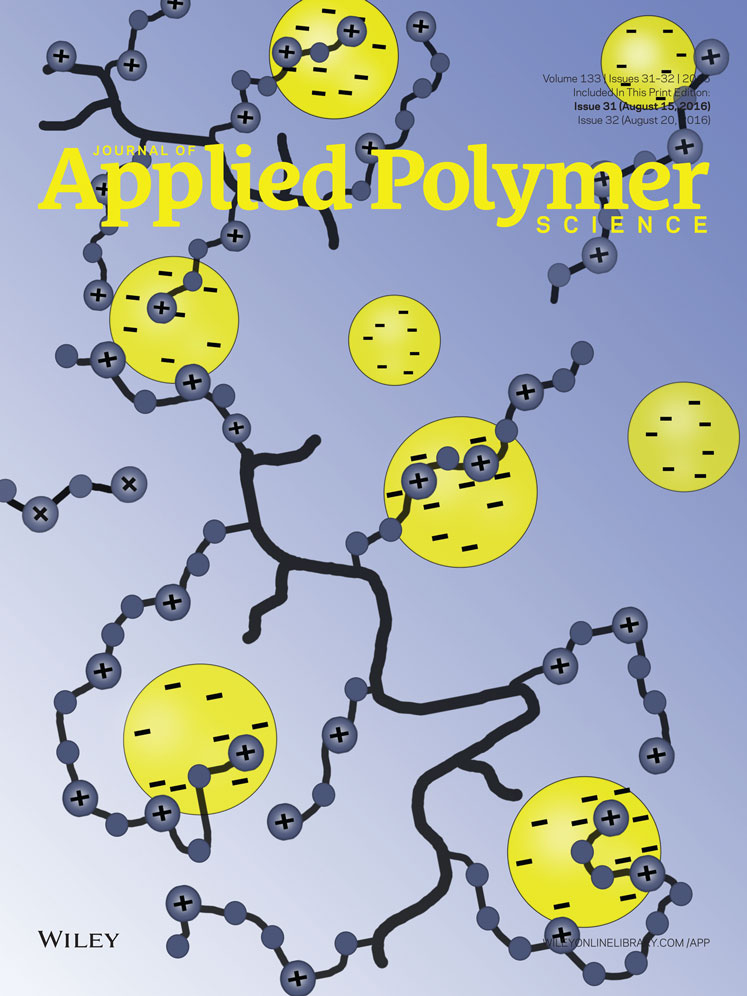Damage analysis of composites reinforced with Alfa fibers: Viscoelastic behavior and debonding at the fiber/matrix interface
ABSTRACT
In this article, we first review state-of-the-art experimental techniques and measurements to characterize the mechanical properties of anisotropic vegetal alfa fibers, epoxy-resin, and the behavior of the interphase between the matrix and alfa fibers. Second, we conduct experimental tests to determine the mechanical properties of fibers, resin, and the interphase. Third, we carry out a series of finite element simulations to predict damage initiation and to estimate crack propagation in alfa-fiber/epoxy-resin (AFER) composites. Different tests to determine the longitudinal Young's modulus of alfa fibers and epoxy resin as well as nanoindentation tests to obtain the transverse stiffness of the fibers are presented. Experimental results from the characterization are introduced in a micromechanical model to estimate, using the concept of the energy release rate (ERR), the matrix crack, and its interaction with interfacial debonding. The wettability problems in the preparation of vegetable composites and their effect on fiber-matrix interfacial debonding are also addressed. The analysis of the damage behavior of AFER composites demonstrates that under load transverse to the fiber axis, a crack initiated in the matrix is propagated perpendicular to the direction of the load. Near the interface, the ERR decreases and this energy is higher in the presence of interfacial debonding areas generated by problems of fiber wettability. © 2016 Wiley Periodicals, Inc. J. Appl. Polym. Sci. 2016, 133, 43760.




